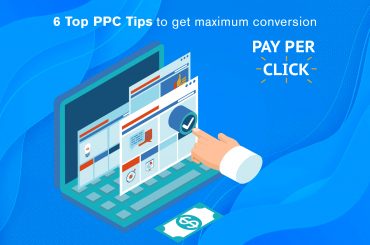Pay-per-click marketing can be an extremely effective advertising technique. Pay-per-click (PPC) advertising can assist you in increasing your online presence, driving traffic, generating leads, and increasing sales.
However, before you can reap these benefits, you must first gain a thorough understanding of pay-per-click marketing and how to optimize your ads to maximize your budget and attract your desired audience.
The remainder of this essay will assist you in expanding your knowledge of pay-per-click marketing in order to create high-performing PPC campaigns.
Pay-Per-Click Advertising – What Is It?
Pay-per-click advertising, alternatively referred to as PPC or search engine marketing (SEM), is a marketing strategy in which a brand publishes an advertisement online and is compensated each time a user clicks on it. There is no charge for placing the advertisement. The expense is charged only when people interact with the advertisement.
Pay-per-click marketing is classified into two types:
- Advertisements that show on search engine results pages in the form of search results (SERPs)
- Advertisements that appear as graphics, videos, or paid postings on social media feeds and other third-party websites are referred to as display advertising.
This post will primarily discuss pay-per-click (PPC) strategies for search advertising.
The Most Popular Pay-Per-Click (PPC) Platforms
While pay-per-click marketing is available on a variety of platforms, the majority of marketers use Google Ads for their PPC search ad campaigns.
Google Ads, formerly known as Google AdWords, is the most widely used pay-per-click (PPC) search advertising platform.
Because the majority of people use Google to conduct searches, it is the ideal location for paid search advertisements. These ad results appear on SERPs and include the word “Ad,” indicating that they are paid, rather than organic, listings.
Other well-known pay-per-click marketing providers include additional search engines and social media platforms such as:
- Bing Advertisements
- Advertisements on Facebook
- Twitter Advertisements
- Pinterest Promoted Pins
- LinkedIn Advertisements
- Advertisements on Quora
Pay-Per-Click Advertising: How Does It Work?
As the name implies, PPC is a form of advertising in which a brand creates an advertisement and pays each time a user clicks on it.
A straightforward explanation of this process is as follows:
- A brand discovers relevant, popular terms that its audience frequently searches for through keyword research.
- A brand builds a search result advertisement that will appear when consumers conduct a search for the brand’s target keywords.
- A user conducts a search for one of the keywords, comes across the advertisement on a SERP, and clicks on it.
- The brand is compensated for the user’s click on the advertisement.
Consider the following more particular pay-per-click marketing scenario:
- Dropbox observes that its target audience frequently performs “cloud storage” searches.
- The corporation generates a PPC search ad that appears when consumers conduct a search for “cloud storage.” Dropbox does not charge for the setup of the Google Ads campaign.
- A person conducts a search for “cloud storage,” notices the Dropbox sponsored search result, and clicks on it.
- Dropbox is currently charging.





